The feds' state-of-the-art bioterrorism program hasn't uncovered anything more threatening than a dead rabbit


For terrorist organizations like the Islamic State, Washington, D.C., is the number one target for obvious reasons: It is the heart of U.S. operations, it is the home of the president — and it has avoided a major terrorist attack.
Part of this is thanks to expensive counterterrorism programs that are in place to stop anything from a nightclub shooting to an improvised nuclear device. But in this day and age, the threat to the capital is more likely to come from a lone wolf attacker. Despite the enormous budget that goes toward thwarting a handful of dedicated terrorists, former Pentagon official Michael Sheehan told Newsweek that the country needs to scale back on the "obscene" spending that goes toward "activities that have a very marginal impact on our safety."
Take, for example, the bioterrorism program:
The Week
Escape your echo chamber. Get the facts behind the news, plus analysis from multiple perspectives.

Sign up for The Week's Free Newsletters
From our morning news briefing to a weekly Good News Newsletter, get the best of The Week delivered directly to your inbox.
From our morning news briefing to a weekly Good News Newsletter, get the best of The Week delivered directly to your inbox.
Since 2003, taxpayers have contributed $1.3 billion to the feds' BioWatch program, a network of pathogen detectors deployed in D.C. and 33 other cities [...] "The BioWatch program was a mistake from the start," a former top federal emergency medicine official tells Newsweek on condition of anonymity, saying he fears retaliation from the government for speaking out. The well-known problems with the detectors, he says, are both highly technical and practical. "Any sort of thing can blow into its filter papers, and then you are wrapping yourself around an axle," trying to figure out if it's real. Of the 149 suspected pathogen samples collected by BioWatch detectors nationwide, he reports, "none were a threat to public health." A 2003 tularemia alarm in Texas was traced to a dead rabbit. [Newsweek]
A program meant to detect cargo for radiation is also imprecise. "False positives, from such naturally radiating material as kitty litter, bananas, and ceramics, drove operators crazy, 'reduc[ing] the sense of urgency among those who respond to them,'" the Nuclear Threat Initiative said, as relayed by Newsweek. "Between May 2001 and March 2005, there were reportedly 10,000 false alarms."
A free daily email with the biggest news stories of the day – and the best features from TheWeek.com
Jeva Lange was the executive editor at TheWeek.com. She formerly served as The Week's deputy editor and culture critic. She is also a contributor to Screen Slate, and her writing has appeared in The New York Daily News, The Awl, Vice, and Gothamist, among other publications. Jeva lives in New York City. Follow her on Twitter.
-
 How to financially prepare for divorce
How to financially prepare for divorceThe Explainer Facing ‘irreconcilable differences’ does not have to be financially devastating
-
 Why it’s important to shop around for a mortgage and what to look for
Why it’s important to shop around for a mortgage and what to look forThe Explainer You can save big by comparing different mortgage offers
-
 4 ways to save on rising health care costs
4 ways to save on rising health care costsThe Explainer Health care expenses are part of an overall increase in the cost of living for Americans
-
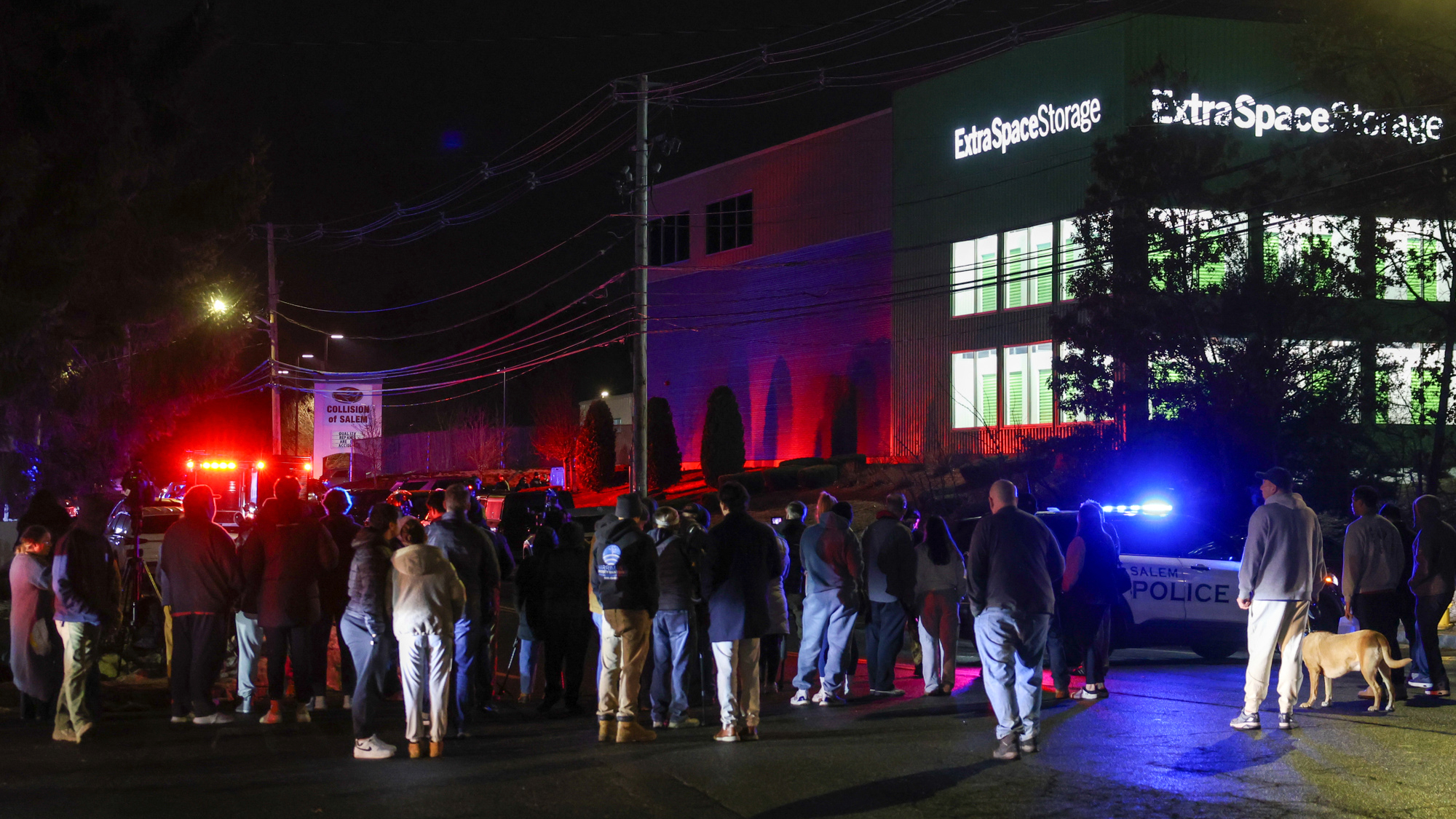 Sole suspect in Brown, MIT shootings found dead
Sole suspect in Brown, MIT shootings found deadSpeed Read The mass shooting suspect, a former Brown grad student, died of self-inflicted gunshot wounds
-
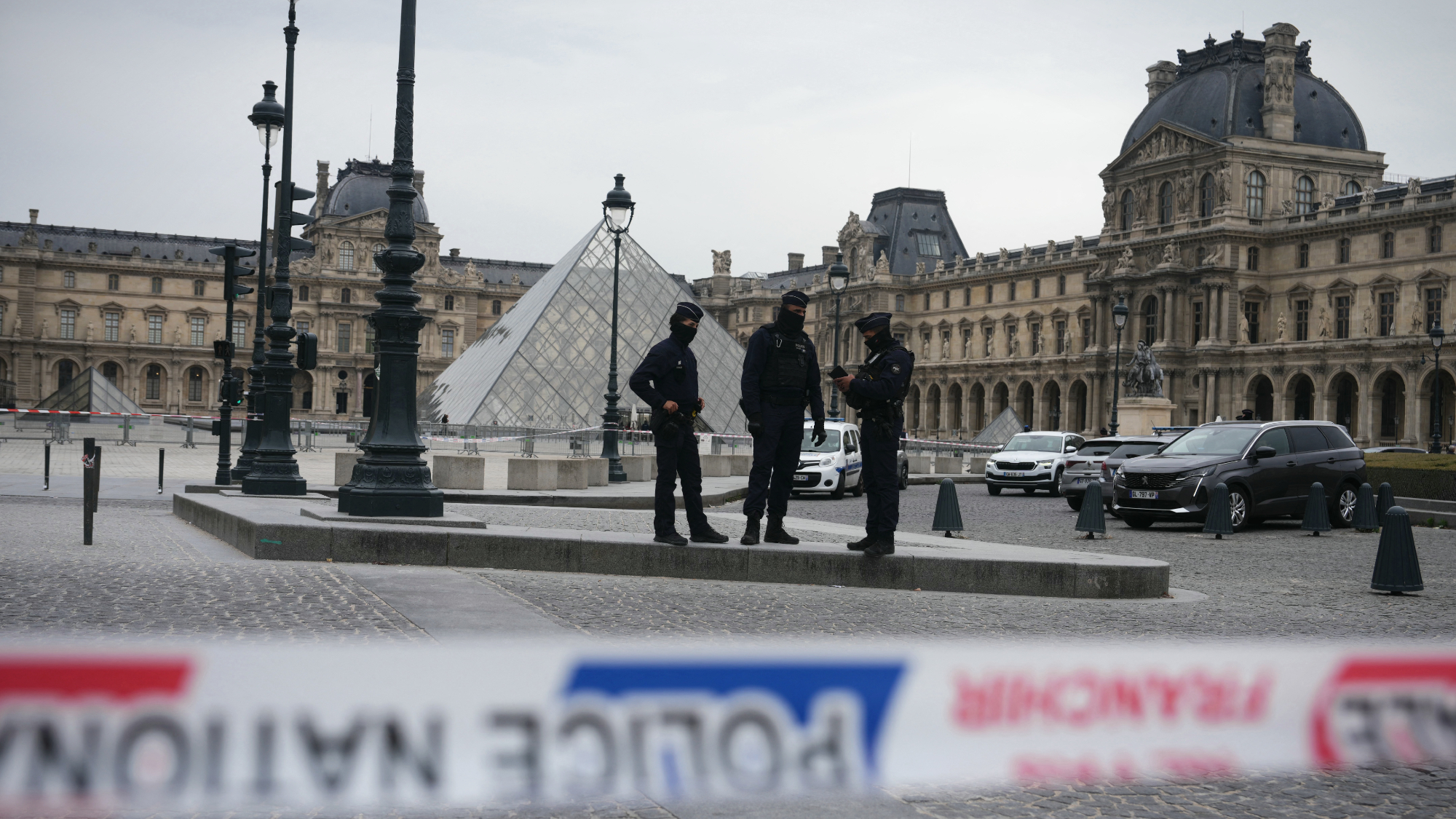 France makes first arrests in Louvre jewels heist
France makes first arrests in Louvre jewels heistSpeed Read Two suspects were arrested in connection with the daytime theft of royal jewels from the museum
-
 Trump pardons crypto titan who enriched family
Trump pardons crypto titan who enriched familySpeed Read Binance founder Changpeng Zhao pleaded guilty in 2023 to enabling money laundering while CEO of the cryptocurrency exchange
-
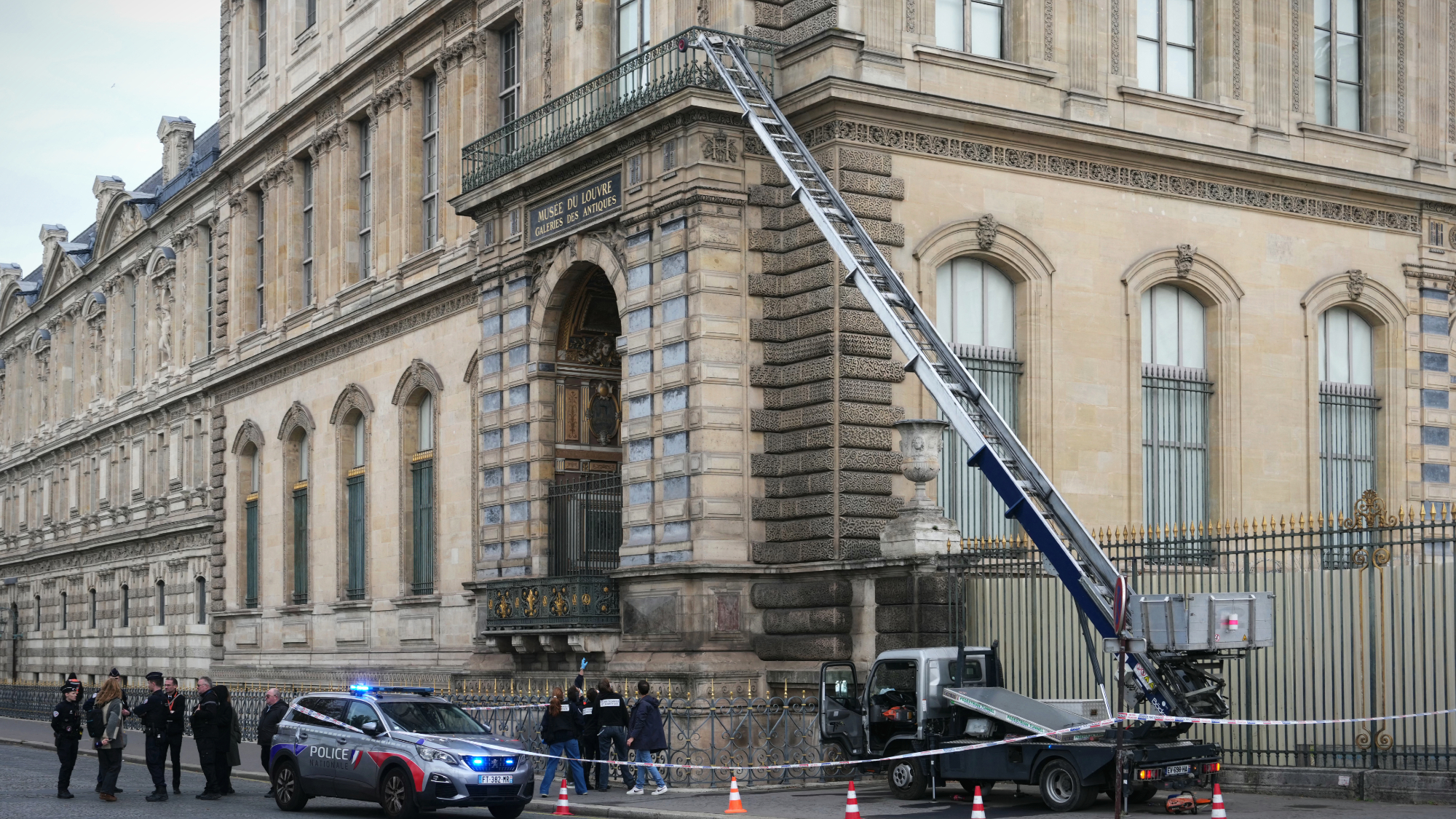 Thieves nab French crown jewels from Louvre
Thieves nab French crown jewels from LouvreSpeed Read A gang of thieves stole 19th century royal jewels from the Paris museum’s Galerie d’Apollon
-
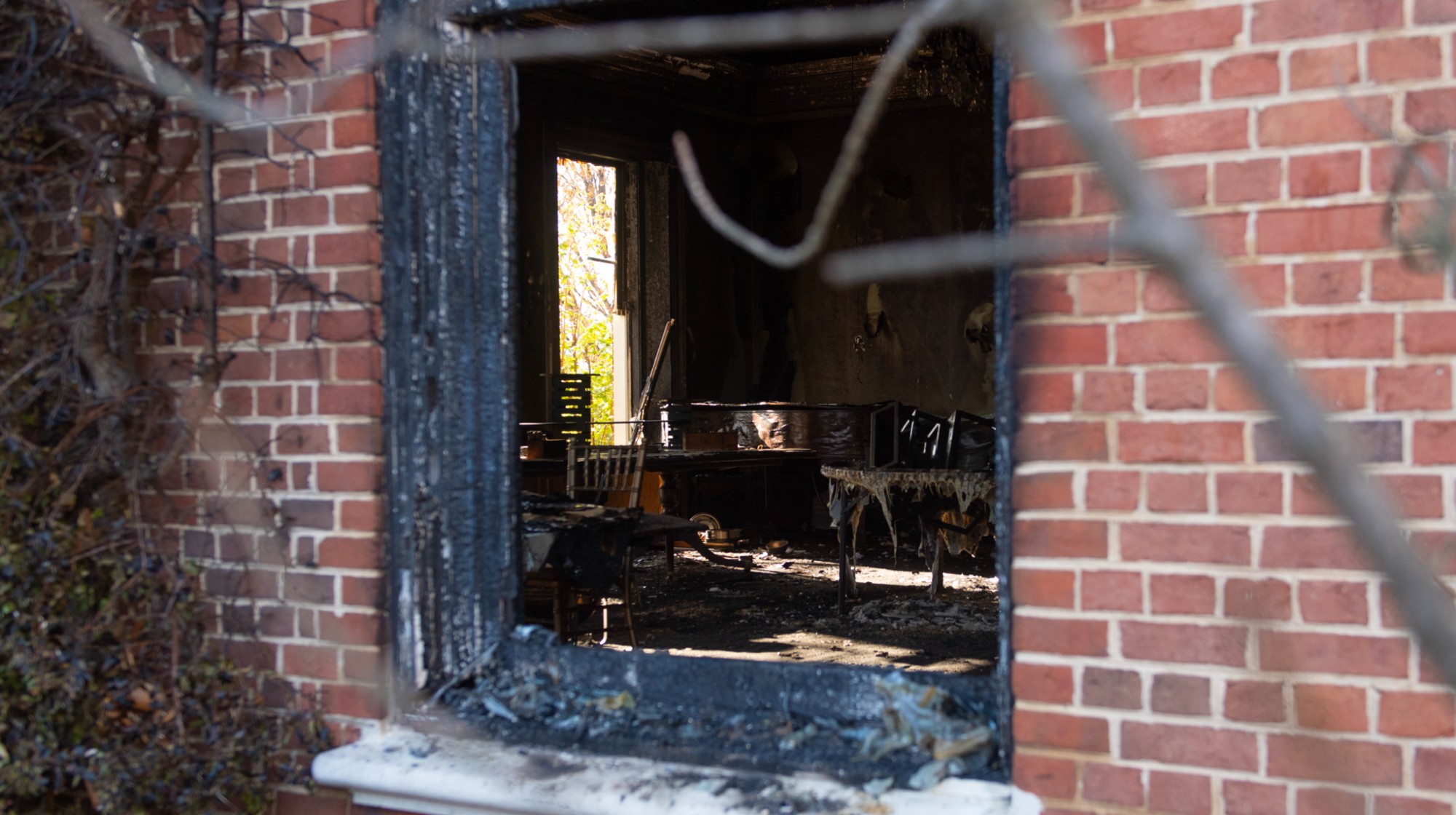 Arsonist who attacked Shapiro gets 25-50 years
Arsonist who attacked Shapiro gets 25-50 yearsSpeed Read Cody Balmer broke into the Pennsylvania governor’s mansion and tried to burn it down
-
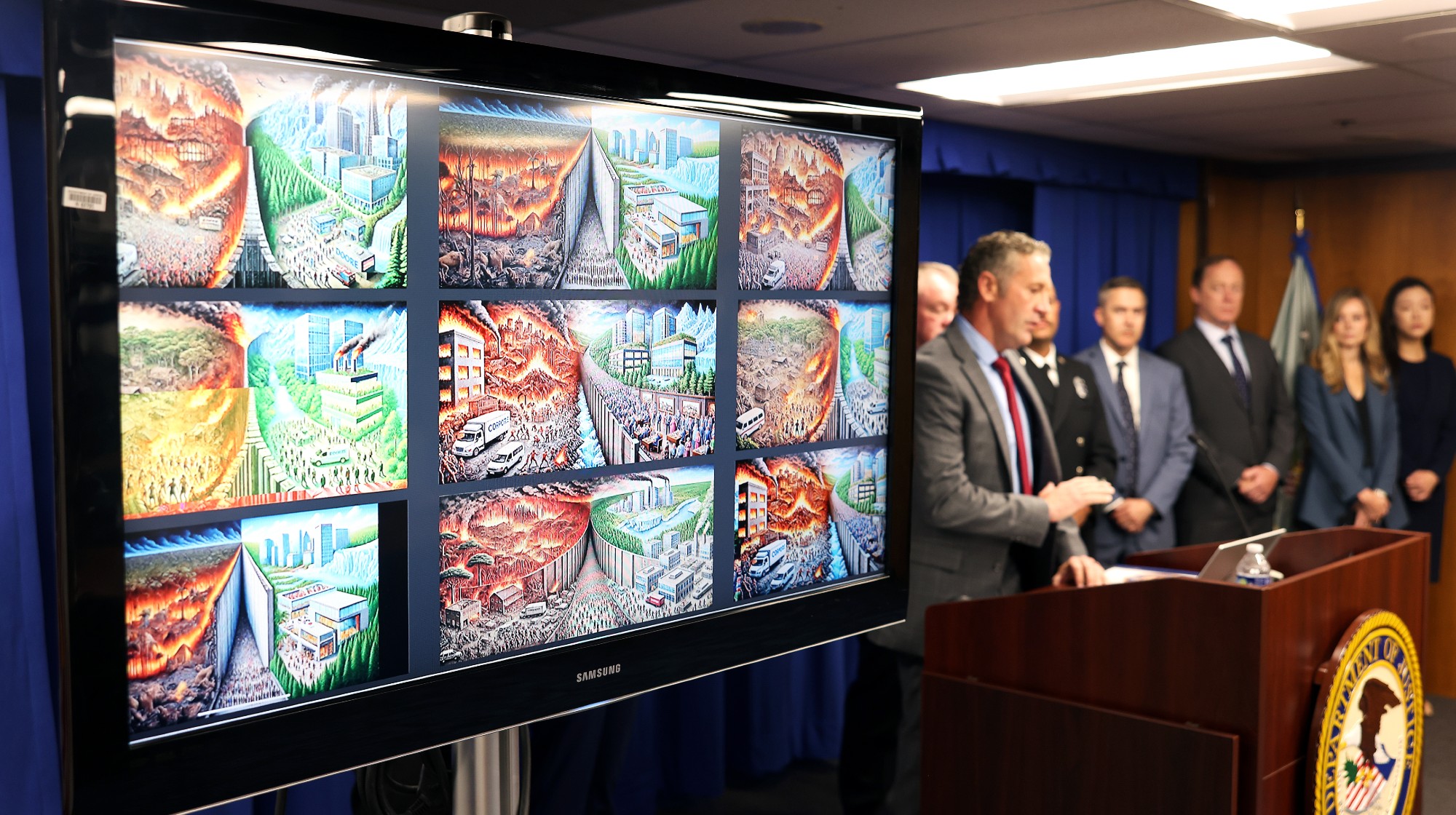 Man charged over LA’s deadly Palisades Fire
Man charged over LA’s deadly Palisades Firespeed read 29-year-old Jonathan Rinderknecht has been arrested in connection with the fire that killed 12 people
-
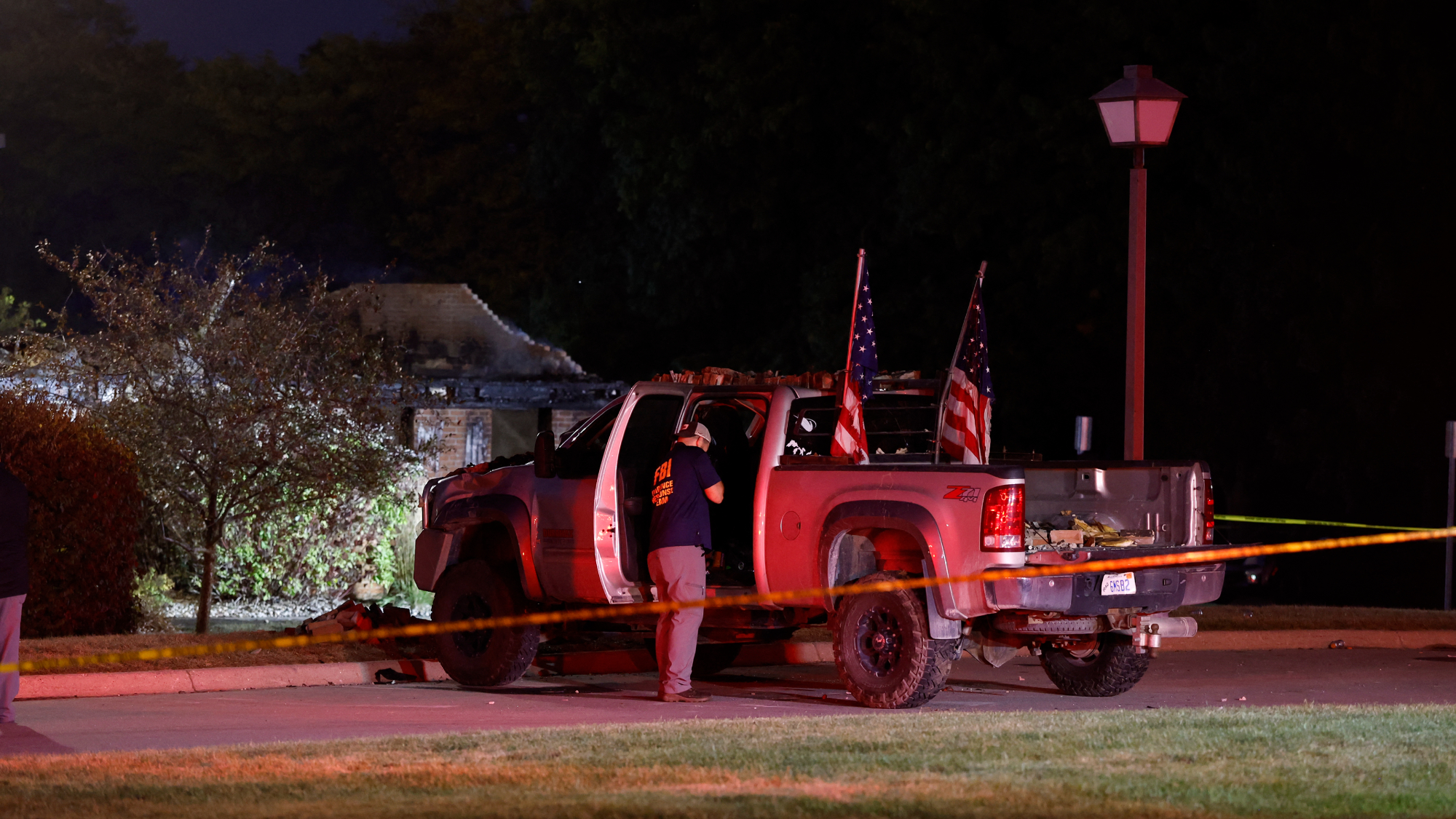 4 dead in shooting, arson attack in Michigan church
4 dead in shooting, arson attack in Michigan churchSpeed Read A gunman drove a pickup truck into a Mormon church where he shot at congregants and then set the building on fire
-
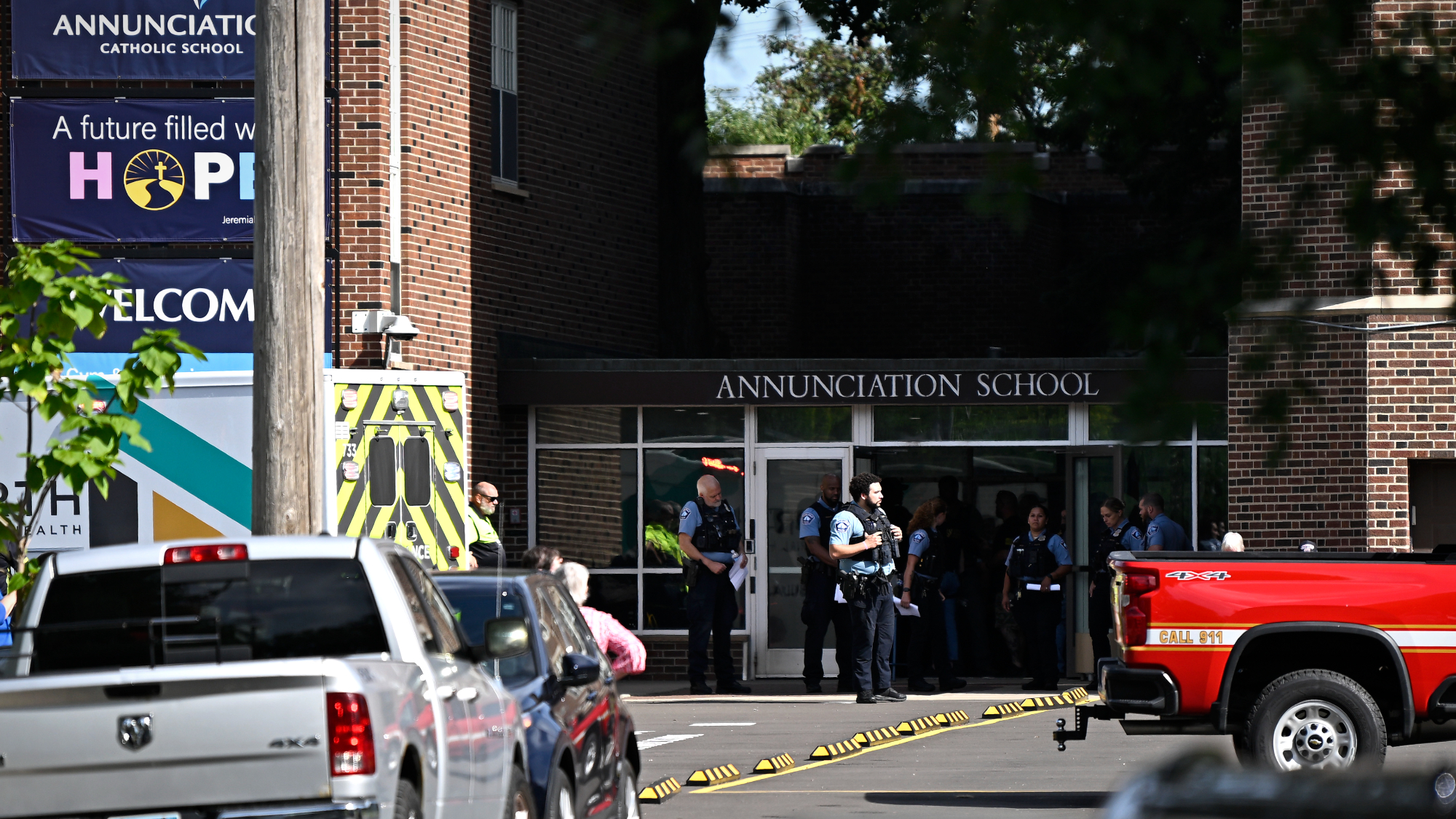 2 kids killed in shooting at Catholic school mass
2 kids killed in shooting at Catholic school massSpeed Read 17 others were wounded during a morning mass at the Annunciation Catholic School in Minneapolis
